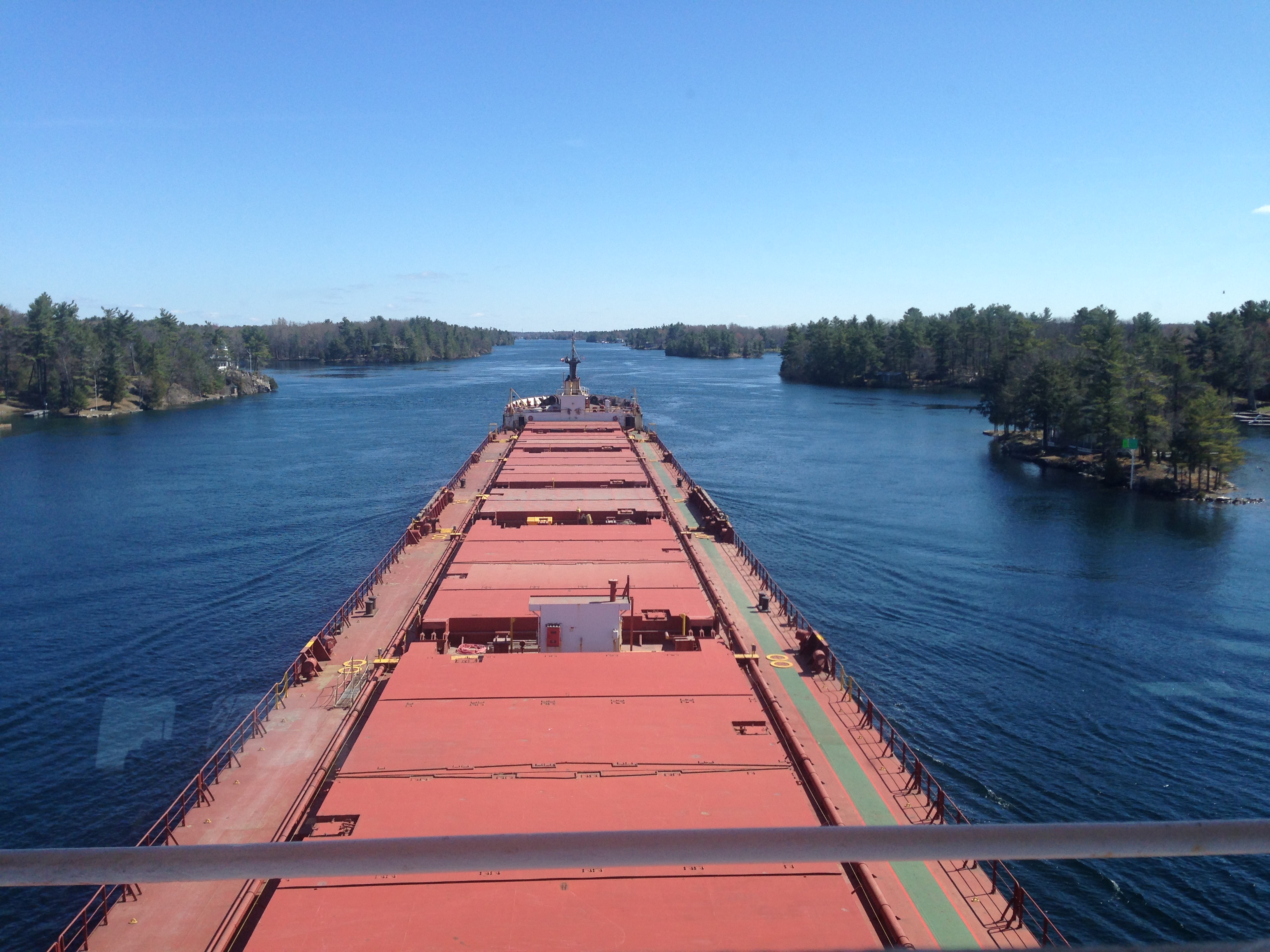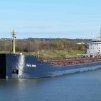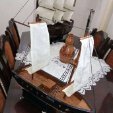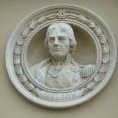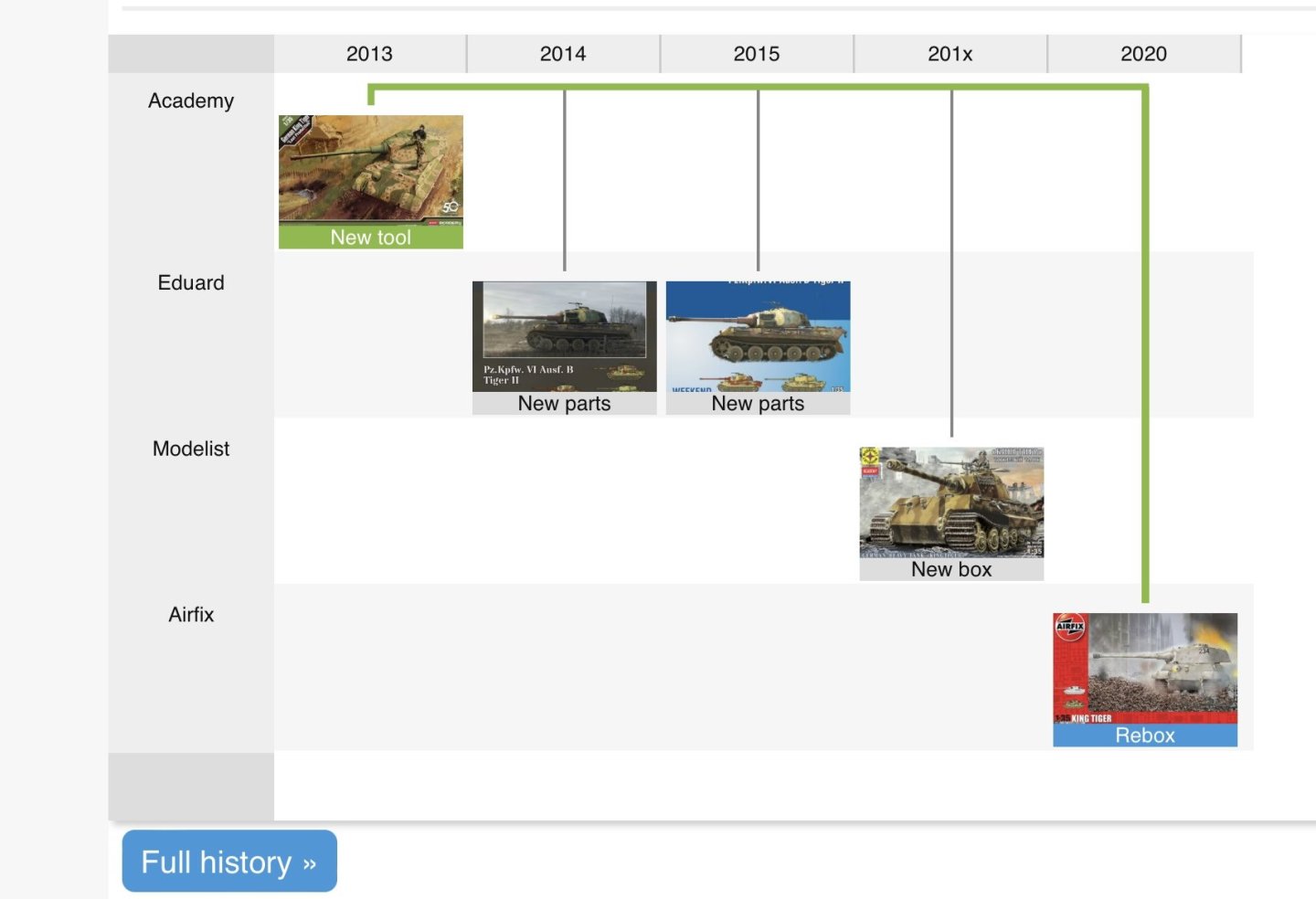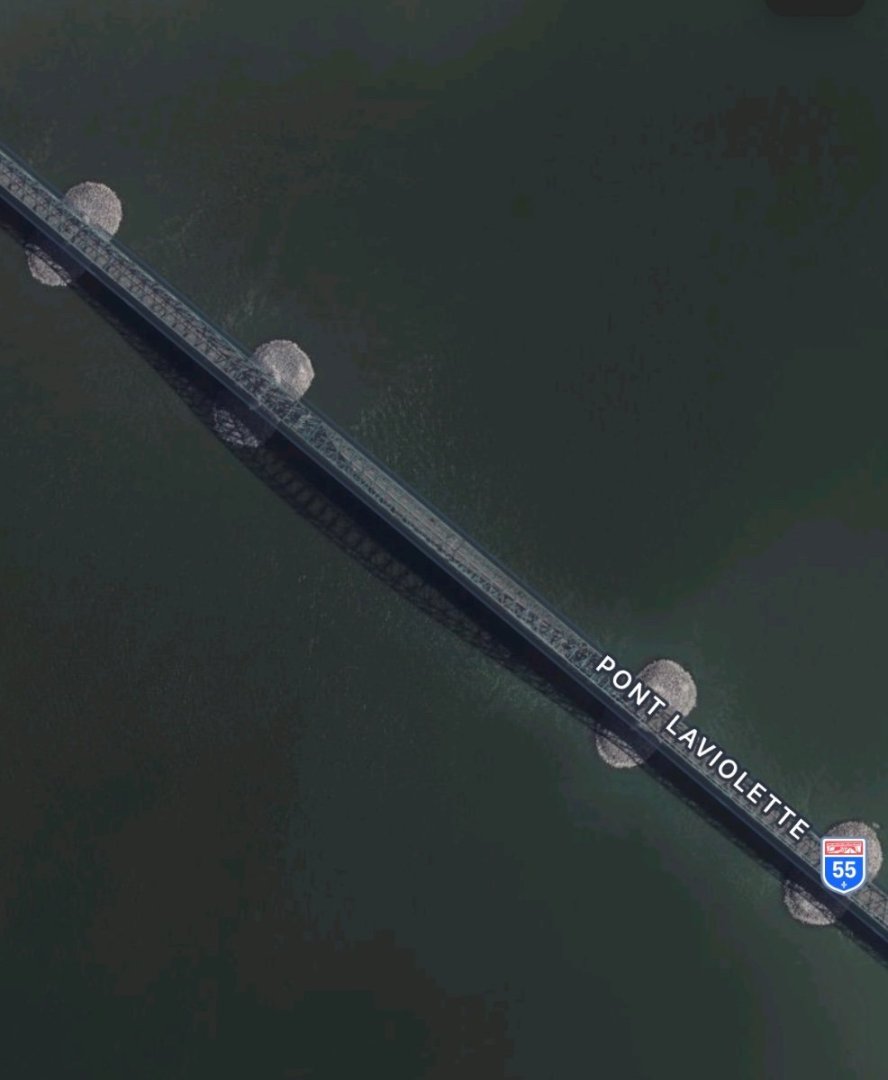-
Posts
3,058 -
Joined
-
Last visited
About realworkingsailor
- Birthday 06/04/1978
Profile Information
-
Gender
Male
-
Location
Next door to the middle of nowhere
Recent Profile Visitors
-
 realworkingsailor reacted to a post in a topic:
Hawker Hurricane Mk. I by ccoyle - Halinski - 1/33 - CARD
realworkingsailor reacted to a post in a topic:
Hawker Hurricane Mk. I by ccoyle - Halinski - 1/33 - CARD
-
 Dave_E reacted to a post in a topic:
Hawker Hurricane Mk. I by ccoyle - Halinski - 1/33 - CARD
Dave_E reacted to a post in a topic:
Hawker Hurricane Mk. I by ccoyle - Halinski - 1/33 - CARD
-
 Egilman reacted to a post in a topic:
Hawker Hurricane Mk. I by ccoyle - Halinski - 1/33 - CARD
Egilman reacted to a post in a topic:
Hawker Hurricane Mk. I by ccoyle - Halinski - 1/33 - CARD
-
 CDW reacted to a post in a topic:
Hawker Hurricane Mk. I by ccoyle - Halinski - 1/33 - CARD
CDW reacted to a post in a topic:
Hawker Hurricane Mk. I by ccoyle - Halinski - 1/33 - CARD
-
 realworkingsailor reacted to a post in a topic:
AEG G.IV - Creature of the Night by DocRob - Wingnut Wings - 1/32
realworkingsailor reacted to a post in a topic:
AEG G.IV - Creature of the Night by DocRob - Wingnut Wings - 1/32
-
 realworkingsailor reacted to a post in a topic:
Sloop Speedwell by Chuck - Ketch Rigged Sloop, 1752 - POF
realworkingsailor reacted to a post in a topic:
Sloop Speedwell by Chuck - Ketch Rigged Sloop, 1752 - POF
-
 realworkingsailor reacted to a post in a topic:
US Army K51 Radio Truck + K52 Trailer by Rik Thistle - MiniArt - 1:35 - 1944/45
realworkingsailor reacted to a post in a topic:
US Army K51 Radio Truck + K52 Trailer by Rik Thistle - MiniArt - 1:35 - 1944/45
-
 realworkingsailor reacted to a post in a topic:
18th-Century Merchantman Half-Hull Planking Project by mtaylor - NRG
realworkingsailor reacted to a post in a topic:
18th-Century Merchantman Half-Hull Planking Project by mtaylor - NRG
-
 realworkingsailor reacted to a post in a topic:
18th-Century Merchantman Half-Hull Planking Project by mtaylor - NRG
realworkingsailor reacted to a post in a topic:
18th-Century Merchantman Half-Hull Planking Project by mtaylor - NRG
-
 realworkingsailor reacted to a post in a topic:
Westland Sea King HU.5 by chadwijm6 - Airfix - 1/48
realworkingsailor reacted to a post in a topic:
Westland Sea King HU.5 by chadwijm6 - Airfix - 1/48
-
 realworkingsailor reacted to a post in a topic:
Westland Sea King HU.5 by chadwijm6 - Airfix - 1/48
realworkingsailor reacted to a post in a topic:
Westland Sea King HU.5 by chadwijm6 - Airfix - 1/48
-
 realworkingsailor reacted to a post in a topic:
Battle of Waterloo Attack on La Haye Sainte Farm 1/56 28mm
realworkingsailor reacted to a post in a topic:
Battle of Waterloo Attack on La Haye Sainte Farm 1/56 28mm
-
 Dave_E reacted to a post in a topic:
Hawker Hurricane Mk. I by ccoyle - Halinski - 1/33 - CARD
Dave_E reacted to a post in a topic:
Hawker Hurricane Mk. I by ccoyle - Halinski - 1/33 - CARD
-
 Canute reacted to a post in a topic:
Hawker Hurricane Mk. I by ccoyle - Halinski - 1/33 - CARD
Canute reacted to a post in a topic:
Hawker Hurricane Mk. I by ccoyle - Halinski - 1/33 - CARD
-
 Jack12477 reacted to a post in a topic:
Hawker Hurricane Mk. I by ccoyle - Halinski - 1/33 - CARD
Jack12477 reacted to a post in a topic:
Hawker Hurricane Mk. I by ccoyle - Halinski - 1/33 - CARD
-
 mtaylor reacted to a post in a topic:
Hawker Hurricane Mk. I by ccoyle - Halinski - 1/33 - CARD
mtaylor reacted to a post in a topic:
Hawker Hurricane Mk. I by ccoyle - Halinski - 1/33 - CARD
-
 Old Collingwood reacted to a post in a topic:
Hawker Hurricane Mk. I by ccoyle - Halinski - 1/33 - CARD
Old Collingwood reacted to a post in a topic:
Hawker Hurricane Mk. I by ccoyle - Halinski - 1/33 - CARD
-
 Keith Black reacted to a post in a topic:
Hawker Hurricane Mk. I by ccoyle - Halinski - 1/33 - CARD
Keith Black reacted to a post in a topic:
Hawker Hurricane Mk. I by ccoyle - Halinski - 1/33 - CARD
-
 Canute reacted to a post in a topic:
Hawker Hurricane Mk. I by ccoyle - Halinski - 1/33 - CARD
Canute reacted to a post in a topic:
Hawker Hurricane Mk. I by ccoyle - Halinski - 1/33 - CARD
-

P-51D Mustang by CDW - FINISHED - Dragon - 1:32 Scale
realworkingsailor replied to CDW's topic in Non-ship/categorised builds
There seems to be quite a bit of online controversy generated by Eduard’s switch to these kinds of decals. The film doesn’t peel up cleanly, the decal can get torn and/or partially lifted by the process and their print quality isn’t very good. I had a taste of these decals with my Blackburn Skua build last fall, however I think I may have stumbled on to a reasonably reliable method to deal with them. After allowing the decal to really set on the model, be sure to allow at least 24hrs for curing, apply some Micro Sol, and after a couple of minutes, gently scrub the decal film off with a stiff bristle paint brush. It’s a bit counterintuitive, but managed to make it work with some small stencil decals, which are the trickiest to do. I’ve seen some folks advise using mineral (white) spirits, I think with Micro Sol there’s less risk of ruining the paint finish. Personally I’m not a fan of having to take all these risky extra steps. Andy -
Comparatively speaking, a container is fairly light. The heaviest containers are generally stowed low down, in the hold, rather than in the deck stacks. If the bridge was that vulnerable to collapse from a hit from a heavyweight container, I’d be more concerned every time a semi-truck jack-knifed (which happens waaayyy more frequently than a ship strike). Andy
-
It’s slightly more than just the angle of elevation that classifies whether a piece is a gun/howitzer/mortar. It also has to do with the trajectory of the shell, and the ratio of propellant to shell weight. To lob a mortar shell into a high looping trajectory takes far less propellant proportionally to the weight of shell than an anti-aircraft gun, even though both are designed to fire at high angles of elevation. However, you could technically turn an anti-aircraft gun into a mortar by reducing the amount of propellant from the cartridge. Jumping to WW2 British artillery practice, the QF 25 pounder field artillery, as well as the BL 4.5” and BL 5.5” medium artillery were considered to be gun-howitzers. Because their shells were loaded separately from their propellant charge, the charge weight could be altered on the spot, by the gun crews, as required. With this flexibility of trajectory, the pieces could be fired at low or medium angles. Both field and medium crews were trained in indirect fire as well as anti-tank shooting (the latter being done over open sights, direct fire, flat trajectory), although they seldom practiced the latter in actual combat. Andy
-
A better, long term and cost effective solution that could be applied to any potentially vulnerable bridge, no matter how old, is to put stone fill around the base of the piers abutting the channel. This would deflect any ship that strayed too close, regardless of size. The warning signs were there when the Sunshine Skyway collapsed in 1980 due to a ship strike. This is the LaViolette bridge across the St Lawrence river at Trois Rivières, about halfway between Montreal and Quebec City: You can see the stone armouring around the main piers. Andy
-
Have you considered, perhaps, a model smoke generator? https://www.walthers.com/smoke-generator-chimney-ready-for-model-buildings-667-117e This one from Seuthe has been around a while on the market and is relatively inexpensive. With one or two hidden in the base of your diorama, at strategic locations, you could add some ambient smoke when you want to. Andy
-
This painting is by Adam Willaerts dating from 1607: Almost front and centre is a small schooner with what could be considered a proto-Bermuda rig. Note that these are not lateen sails (lack of a vertical mast). Andy
-
Always the fun of dealing with Eduard PE. From my personal experience it has been more like assemble some plastic and PE components, look ahead six or seven steps in the Airfix instructions, study the Eduard instructions, wrack your brain trying to figure out how the next PE piece is supposed to be added/folded/bent, then turn the Eduard instructions over and realize that a different PE piece can only be applied two steps earlier in the Airfix instructions… try to add missed second PE piece without destroying anything done previously, then, after making a complete hash of it, go back to puzzling over the first PE piece….🙄 Andy
-

P-51D Mustang by CDW - FINISHED - Dragon - 1:32 Scale
realworkingsailor replied to CDW's topic in Non-ship/categorised builds
If you haven’t seen it, this might interest you: Andy
About us
Modelshipworld - Advancing Ship Modeling through Research
SSL Secured
Your security is important for us so this Website is SSL-Secured
NRG Mailing Address
Nautical Research Guild
237 South Lincoln Street
Westmont IL, 60559-1917
Model Ship World ® and the MSW logo are Registered Trademarks, and belong to the Nautical Research Guild (United States Patent and Trademark Office: No. 6,929,264 & No. 6,929,274, registered Dec. 20, 2022)
Helpful Links
About the NRG
If you enjoy building ship models that are historically accurate as well as beautiful, then The Nautical Research Guild (NRG) is just right for you.
The Guild is a non-profit educational organization whose mission is to “Advance Ship Modeling Through Research”. We provide support to our members in their efforts to raise the quality of their model ships.
The Nautical Research Guild has published our world-renowned quarterly magazine, The Nautical Research Journal, since 1955. The pages of the Journal are full of articles by accomplished ship modelers who show you how they create those exquisite details on their models, and by maritime historians who show you the correct details to build. The Journal is available in both print and digital editions. Go to the NRG web site (www.thenrg.org) to download a complimentary digital copy of the Journal. The NRG also publishes plan sets, books and compilations of back issues of the Journal and the former Ships in Scale and Model Ship Builder magazines.

